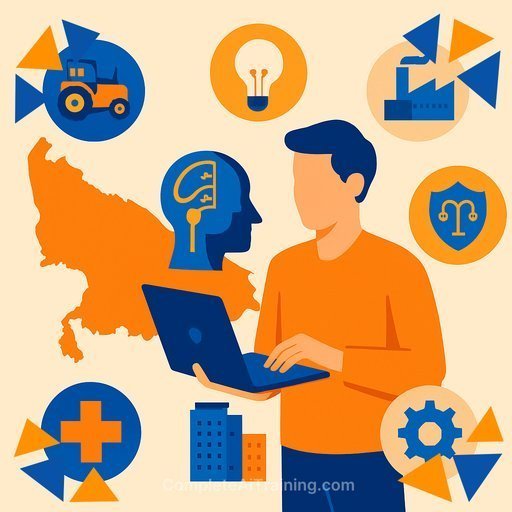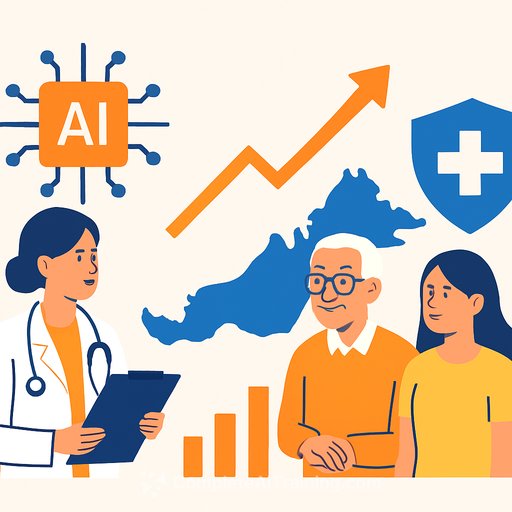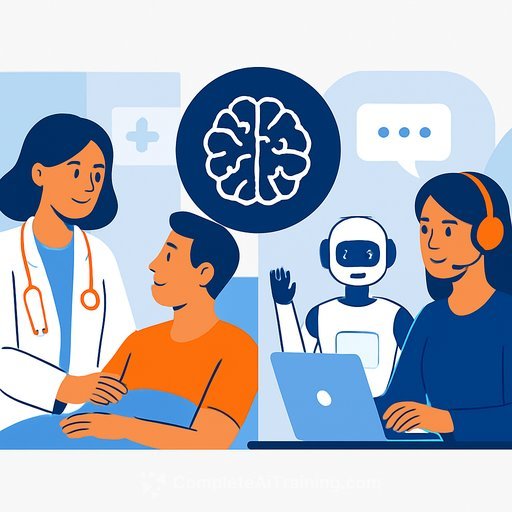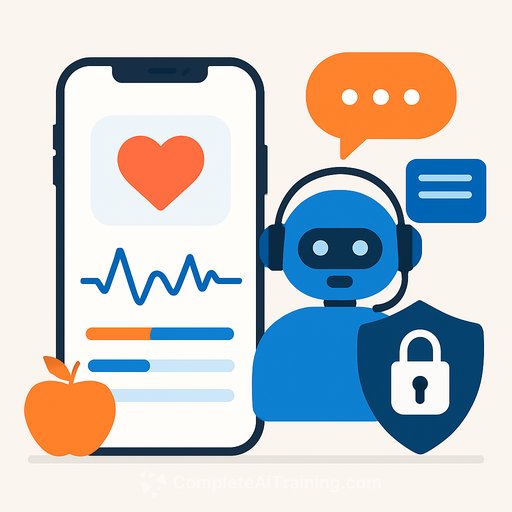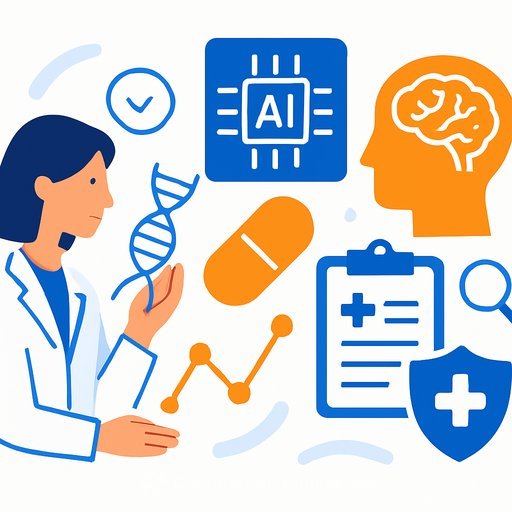GenAI Is Redrawing Job Lines. Here's What It Means for Healthcare
Generative AI is changing how work gets done, but not all jobs feel it the same way. Indeed's new GenAI Skill Transformation Index scored thousands of job skills to see which ones are most exposed to AI tools like ChatGPT or DALL.E.
The big takeaway: roles heavy on routine data work or content creation face the most disruption. Jobs that require hands-on skill, empathy, and real-time judgment-like much of healthcare-are more resilient. Still, expect workflows to shift. According to the report, 26% of job postings include high-exposure skills. That's transformation, not mass replacement.
What the Index Says (In Plain Terms)
Indeed analyzed over 3,000 skills from recent job postings and scored how easily AI could automate or assist them. Software developers, data analysts, marketers, and designers sit at the top of the exposure list because AI can generate code, content, and patterns at scale.
Healthcare stands out for a different reason: clinical work leans on touch, ethics, and human nuance. That's hard to replicate. Still, admin-heavy tasks in hospitals and clinics are squarely in AI's path.
Indeed Hiring Lab's index and related coverage in Business Insider are worth a look if you want the full breakdown.
Where Healthcare Is Resilient
- Bedside care and procedures: Nursing, surgery, anesthesia, and acute care rely on dexterity, situational awareness, and trust.
- Therapy and counseling: Real empathy, tone, and rapport drive outcomes that AI can't authentically match.
- Complex judgment calls: Ethics, triage, and on-the-spot decisions require context AI doesn't fully grasp.
- Team dynamics: Cross-discipline collaboration and communication still hinge on people.
Where Exposure Is Rising in Healthcare
- Documentation and admin: Drafting notes, summarizing charts, prior auth letters, and patient messaging.
- Triage and patient intake: Symptom checkers, routing, and FAQs that reduce wait times-but need supervision.
- Revenue cycle and operations: Coding suggestions, denial analysis, scheduling, and staffing forecasts.
- Data analysis: Registries, readmission risk, population health dashboards, and quality reporting.
- Imaging and decision support: Pre-reads and alerts can assist, but clinicians remain accountable.
Practical Moves for Clinicians, Leaders, and Staff
- Pilot with guardrails: Start with low-risk use cases (drafting discharge summaries, routing inbox messages). Require human review.
- Standardize prompts: Create shared templates for common tasks (SBAR handoffs, SOAP note drafts, prior auth requests).
- Measure what matters: Track time saved, errors caught, patient satisfaction, and clinician workload. Kill what doesn't help.
- Double down on data hygiene: Cleaner templates, structured fields, and tighter vocabularies make AI outputs safer.
- Upskill your team: Basic AI literacy, privacy, bias awareness, and validation skills should be as common as EMR training.
- Clarify accountability: Document who reviews AI outputs and how disagreements get resolved.
Skills to Build in the Next 90 Days
- Prompt fluency: Clear instructions, role framing, constraints, and verification steps in every request.
- EHR automation basics: Smart phrases, templates, and safe AI-assisted note drafts with human sign-off.
- Data literacy: Understand model limits, sample bias, and why "good data in" still rules.
- AI ethics and policy: Consent, transparency with patients, and institutional policies that back you up.
- Privacy and security: PHI handling, de-identification, and approved tools only. No copy-paste into random apps.
- QA habits: Always verify. Cross-check against guidelines, meds, allergies, and clinical context.
If you're in a high-exposure pocket (admin, analytics, operations), targeted training helps. Browse role-focused options here: AI courses by job and practical credentials like AI for data analysis certification.
Guardrails to Protect Patients and Staff
- Over-trust is risky: AI can sound confident and be wrong. Keep clinical skepticism.
- Bias can amplify: Monitor outcomes across demographics and escalate issues quickly.
- Privacy first: Use approved, compliant tools. Lock down PHI flows end to end.
- Clear consent: Tell patients where AI assists and how humans stay in the loop.
- Equity matters: Don't let admin automation hit lower-wage staff hardest without offering reskilling paths.
Bottom Line for Healthcare
AI won't replace the human core of care. It will reshape the busywork around it. The leaders who win will strip friction from documentation and operations, keep clinicians in control, and invest in skills that make teams faster and safer.
Use the Index as a signal, not a verdict. Start small, measure results, protect patients, and train your people. That's how you make 2025 a net positive for your unit-and your career.
Your membership also unlocks:

